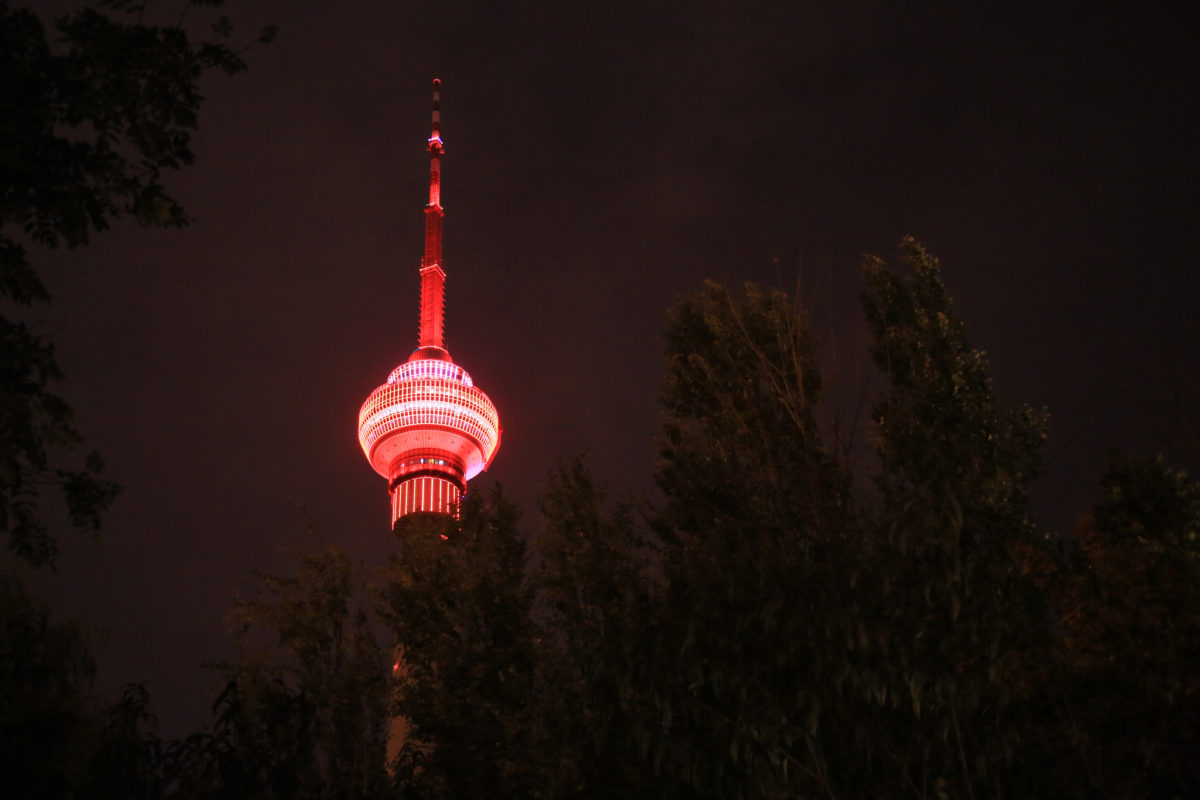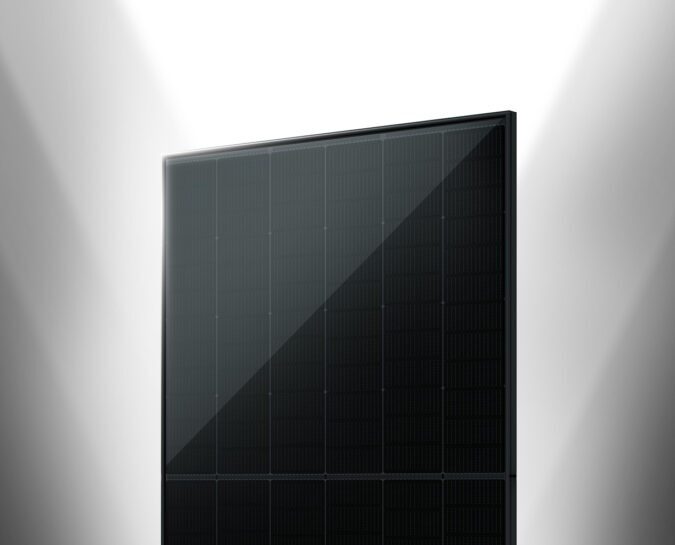In a policy announcement hailed by some industry watchers in China as the biggest news since the “31/5” curtailment of PV subsidy payments, Beijing yesterday outlined its plan to turbocharge the development of subsidy-free projects in the world’s biggest solar market.
The policy announcement, revealed by the National Development and Reform Commission and National Energy Agency yesterday – and further explained by the latter organization today – saw Chinese solar shares and wider stock markets rise.
Beijing said there will be no quotas for solar projects developed without central government subsidies for the next two years, however, there will still be limits on project development to some extent, for instance no new PV will be permitted in the autonomous region of Xinjiang or in the province of Gansu because of well-publicized curtailment problems there. Similarly, the central government will impose some control on new solar capacity across a further 12 provinces and parts of seven others.
The new policy has, however, removed any limits on non central-subsidized PV projects across 12 provinces and parts of three others. Policymakers also announced local authorities will be permitted to offer subsidies without endangering the ‘grid parity’ special status of such schemes.
All central-government-subsidy free projects upon which construction has started by the end of next year will be eligible for the new regime and the Chinese government says planned projects need only secure development permission from provincial authorities with reference to irradiation levels, power consumption requirements, grid connections and other ‘local factors’.
Projects to be compensated for curtailment
The central authorities gave a show of intent to reinforce China’s commitment to solar by outlining a range of requirements to enable the extensive deployment of grid parity projects.
Policymakers have insisted local authorities minimize non-technical development costs including land fees, taxes and other charges and ensure there are no ‘binding conditions’ which could hinder projects.
Beijing says it will establish a market in Green Power Certificates which will be made available to grid-parity projects as an additional source of income for developers.
Provincial energy management companies have been told they must provide sufficient grid connections for all grid-parity projects, and stipulated any curtailment losses by such PV schemes will be passed on to the national power market, ensuring developers will not be out of pocket for any electricity generated which does not reach end-users.
State-owned banks must finance projects
The direct supply of energy to nearby consumers is to be incentivized with lower costs, says Beijing, and local power companies will be ‘encouraged’ to sign PPAs of at least 20 years’ duration, even when transmission takes place between provinces.
A final demand which is sure to further raise the hackles of vocal opponents of Chinese central economic planning such as U.S. president Donald Trump, demands the Chinese Development Bank, four other state-owned lenders and ‘other financial institutions’ provide financing for grid-parity projects.
The central government policy included a caveat that the grid-parity regime may be tweaked in 2021 but the new system nevertheless saw Chinese solar stock valuations leap today and already appears to have reinvigorated the nation’s PV players.
This article was amended on 10/01/19 to reflect that there will be some limitations on grid-parity solar projects under the new system.
This content is protected by copyright and may not be reused. If you want to cooperate with us and would like to reuse some of our content, please contact: editors@pv-magazine.com.



What’s Trump doing in this post? He has no known opinions on the highly technical issues of Chinese policy cited, and would be at sea if asked. Nor would Beijing pay him any notice.
Hi James, President Trump has in the past included the provision of state aid in breach of World Trade Organization rules among the many accusations he has levelled against China. Thus he can be expected to react to the fact China has ordered its state-owned banks to open the money taps and finance its new ‘grid-parity’ PV projects.